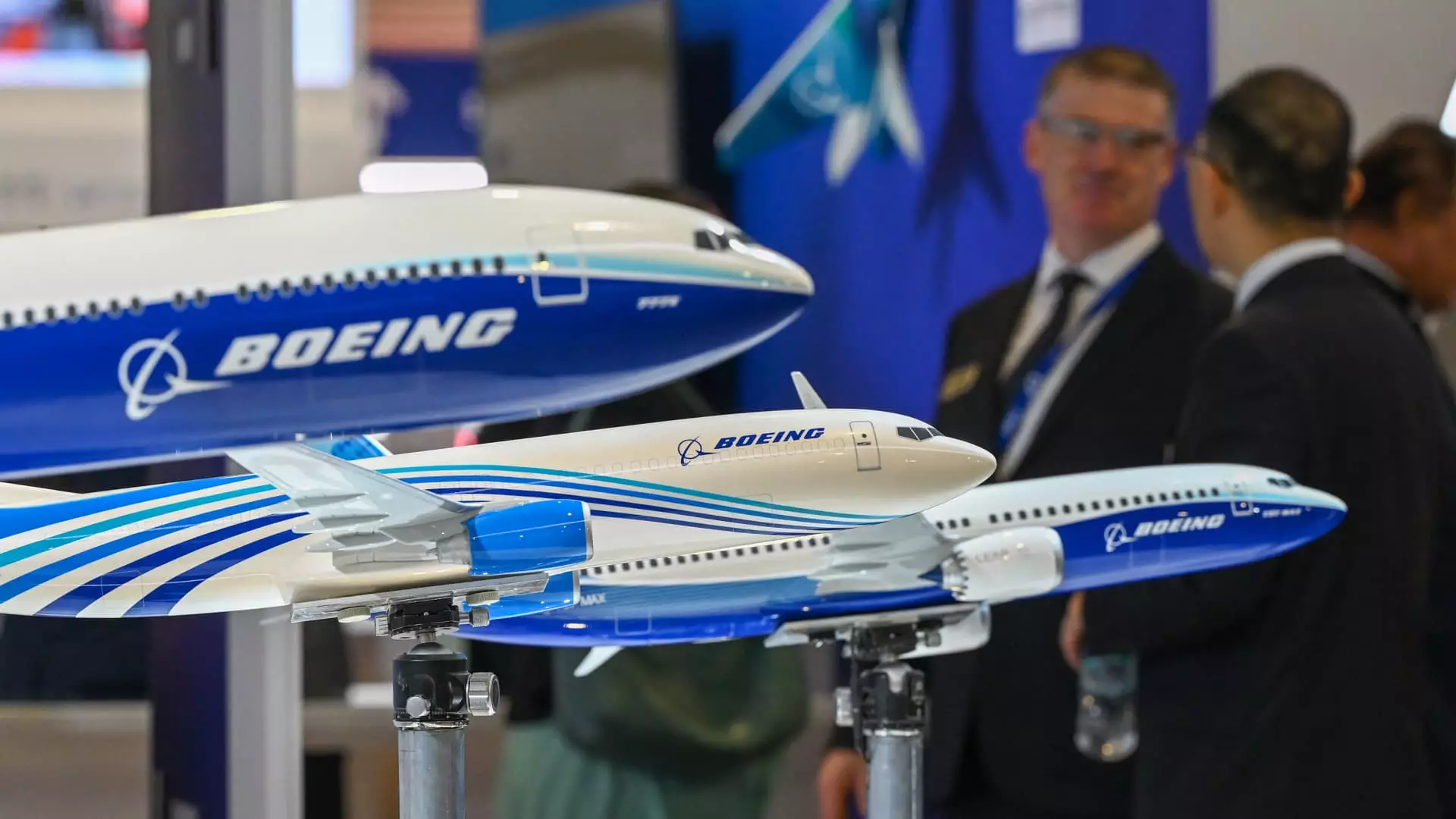Boeing’s marketing managing director for Asia-Pacific, Dave Schulte, made bold claims about the safety of the 737 Max aircraft, despite the recent scrutiny and midair blowout incidents. The assertion that it is the “safest airplane that can be out there today” is quite misleading given the recent safety concerns and incidents that have been highlighted in the media. Schulte’s personal experience of flying on the 737 Max with his family does not negate the fact that there have been serious safety issues raised about the aircraft.
The midflight blowout of a fuselage panel on one of Boeing’s 737 Max 9 planes operated by Alaska Airlines raises significant concerns about the overall safety and maintenance of Boeing’s aircraft. The discovery of loose bolts during preliminary inspections is alarming and indicates possible negligence in the manufacturing and maintenance processes. Boeing’s decision to replace the head of its 737 Max program further calls into question the company’s commitment to ensuring the safety of its commercial planes.
Delays and Challenges Facing Boeing’s 777X
Boeing’s showcasing of its defense capabilities at the Singapore Airshow, instead of bringing its commercial planes, is a strategic move that might be interpreted as an attempt to divert attention from the delays and challenges facing the 777X passenger plane. The delays in deliveries for the 777X, expected from 2025, suggest a lack of efficiency and reliability in Boeing’s production and delivery processes. This raises concerns about the company’s ability to fulfill orders on time and meet customer expectations.
The emergence of China’s domestic jetliner Comac C919 poses a potential challenge to the long-standing commercial aviation industry duopoly dominated by Boeing and Airbus. While industry experts are skeptical about Comac’s ability to disrupt the duopoly in the near term, the recent deals signed with Chinese airlines indicate a growing interest in the C919 and the ARJ21 jets. The competition posed by Comac could push Boeing and Airbus to innovate and improve their offerings to remain competitive in the market.
The ramp-up in production by both Boeing and Airbus, coupled with the growing demand for parts, has put significant pressure on suppliers who are struggling to meet the increased demand. Christian Scherer of Airbus’s aircraft commercial business downplayed the impact of Comac’s C919 on the industry, suggesting that it resembles existing Airbus narrow-body planes. However, the evolving industry trends and competition from new players like Comac could reshape the commercial aviation market in the coming years.
Boeing’s safety claims, the challenges facing its 737 Max program, delays in the 777X deliveries, Comac’s entry into the aviation industry, and the supply chain pressures in the industry are all critical aspects that need careful consideration. As the aviation and airline industry continues to evolve, companies like Boeing and Airbus will need to adapt to changing market dynamics and competition to stay ahead in the industry.


Leave a Reply